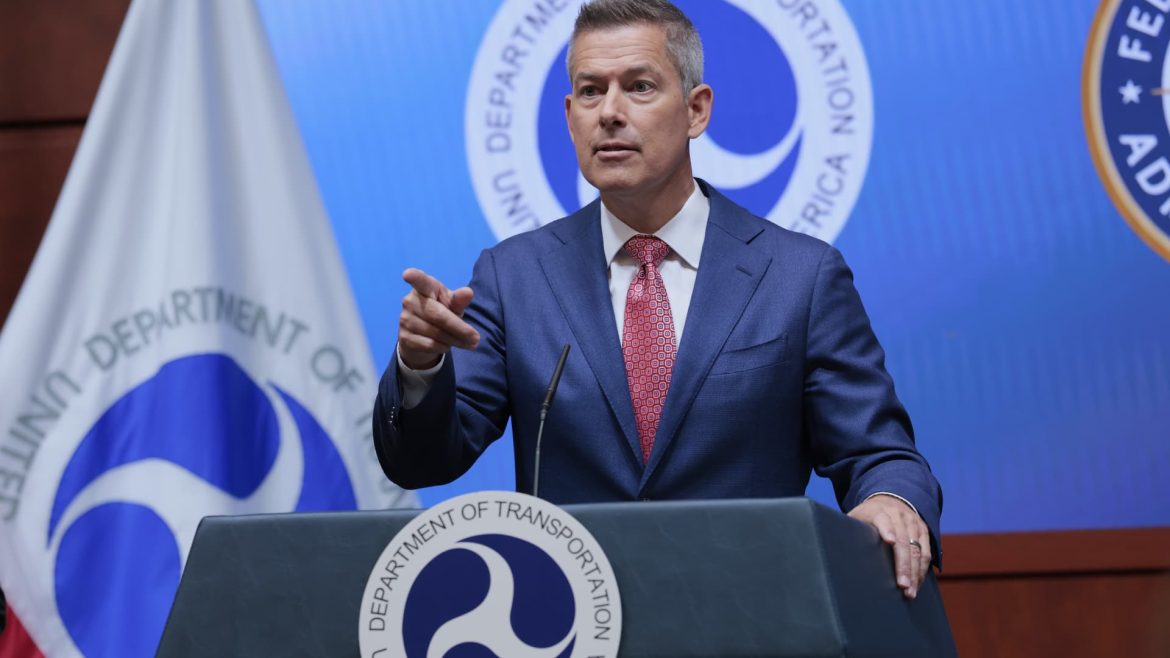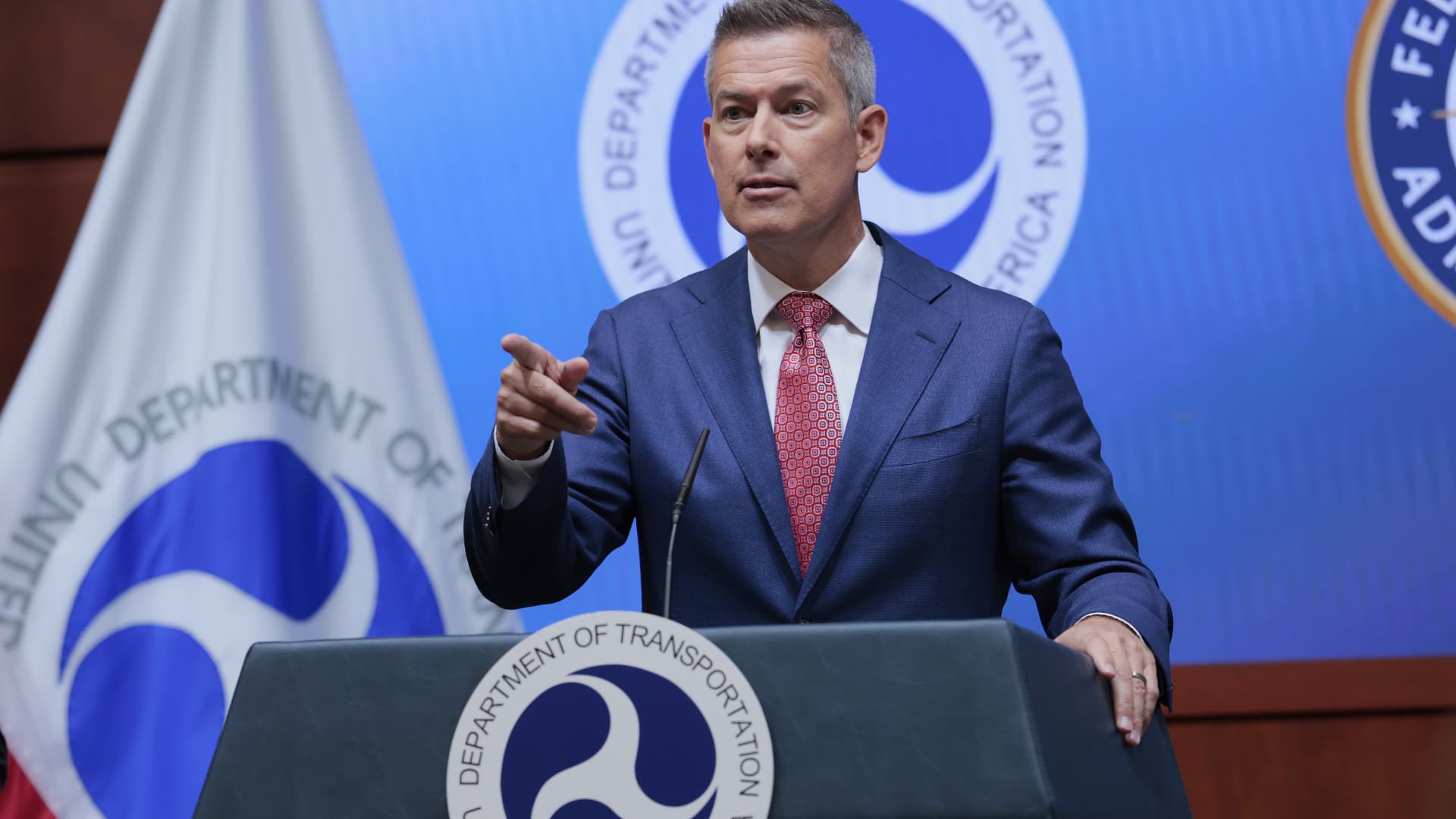The State of U.S. Air Traffic Control: Challenges and Initiatives
The U.S. air traffic control system is at a critical juncture, with decades of underinvestment and staffing shortages coming to a head. The Department of Transportation (DOT) has announced plans to build a brand new air traffic control system by 2028, acknowledging the urgent need for modernization. This initiative comes amidst a series of high-profile incidents and systemic issues that have plagued the Federal Aviation Administration (FAA) and its infrastructure.
Chronic Issues at Newark Liberty International Airport
Newark Liberty International Airport has been a focal point of these issues, experiencing repeated communication breakdowns and staffing shortages. The FAA has formed an emergency task force with executives from Verizon, L3Harris, and the FAA to address these problems. The task force aims to tackle technology breakdowns that have temporarily blinded air traffic controllers, leading to significant delays and cancellations.
The outages at Newark have exposed decades of underinvestment and staffing shortages. The FAA has been forced to slow arrivals and departures to ensure safety, leading to a high number of canceled flights. For instance, on a single day, Newark led the nation with 42 canceled departures and 46 canceled arrivals. The FAA has acknowledged the need to upgrade the technology used to get radar data to air traffic controllers and improve staffing to alleviate these issues.
The Role of Technology and Staffing
The FAA’s plans to overhaul the air traffic control system include significant technological upgrades. The agency is moving towards a more modern network environment, less reliant on outdated copper wires. Verizon has been selected for a $2.4 billion telecommunications contract to design, build, secure, integrate, and operate a new telecommunications network infrastructure. This contract is part of a broader effort to modernize the FAA’s telecommunications networks, which are crucial for overseeing 29 million square miles of U.S. airspace and ensuring the safe movement of 45,000 flights daily.
However, the FAA’s efforts are not without controversy. Elon Musk’s Starlink satellite internet service is being tested by the FAA, raising potential ethical concerns and conflicts of interest. Musk has been vocal about the need for infrastructure upgrades, even suggesting that air safety is at risk. Major airline executives, however, do not see the FAA infrastructure as an immediate safety risk, highlighting the differing perspectives on the urgency of the situation.
Political and Administrative Challenges
The political landscape adds another layer of complexity to the FAA’s challenges. The Biden administration has been blamed for ongoing air traffic control failures, with the DOT Secretary Sean Duffy pointing fingers at the current administration. This political tension could further complicate efforts to address the systemic issues within the FAA.
The Trump administration had also taken steps to address these issues, including the formation of the emergency task force and the involvement of private sector executives. However, the political transitions and shifting priorities have created a fragmented approach to resolving the FAA’s problems.
The Path Forward
The FAA’s plans to overhaul the air traffic control system are ambitious and necessary. The agency is taking immediate steps to improve operations at Newark Airport, including technological updates and increasing air traffic control staffing. These efforts are part of a broader plan to modernize the nation’s air traffic control infrastructure, which has been described as unsustainable in its current state.
The FAA’s initiatives also include meetings with all airlines to determine the number of flights the airport can handle safely. This collaborative approach is essential for ensuring that the new system can meet the demands of modern air travel while maintaining safety standards.
Conclusion: A Critical Moment for U.S. Air Traffic Control
The U.S. air traffic control system stands at a critical moment. The FAA’s plans to build a new system by 2028, along with immediate steps to address current issues at Newark Airport, represent a significant effort to modernize and improve the nation’s air traffic control infrastructure. However, the path forward is fraught with challenges, including technological upgrades, staffing shortages, political tensions, and ethical concerns. The success of these initiatives will depend on sustained effort, collaboration, and a commitment to prioritizing safety and efficiency in air travel. The future of U.S. air traffic control hangs in the balance, and the steps taken today will shape the safety and reliability of air travel for years to come.


